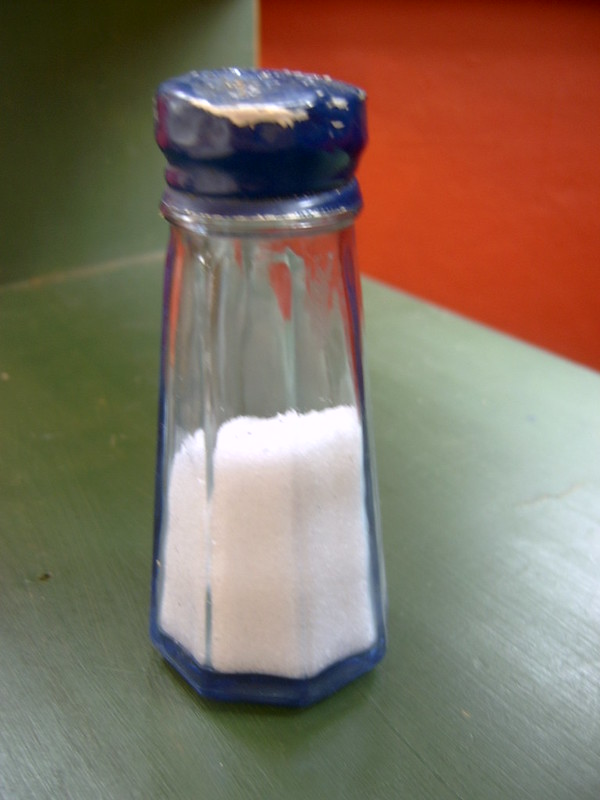
The FDA recently released guidance on sodium reduction goals for commercially processed, packaged, and prepared foods. But what does that mean for you as a consumer?
It is important to note this guidance is voluntary for companies, but many companies have already taken actions to reduce the level of sodium in processed foods. Sodium, commonly viewed as salt, is primarily consumed through the intake added sodium during commercial food preparation and food manufacturing. 70% of our sodium consumption occurs in this manner. Currently the Dietary Guidelines for Americans recommends an upper limit of 2,300 mg/day but 9 out of 10 Americans are over the upper limit, consuming 3,400 mg/day on average. This upper limit is the maximum consumption of sodium before known negative side effects can occur, such as headaches, kidney stones, hypertension, stroke, and heart failure.
It is useful to know what the FDA recommends to companies in order to stay a smart shopper and consumer of processed goods. Here is an overview of the Voluntary Sodium Reduction Goals: Guidance for Industry:
The guidance is attempting to lower our daily sodium intake to 3,000 mg/day on average, a 400 mg/day reduction. The goal is to achieve this reduction over the next 2.5 years. The reduction goal is over 2.5 year is to find a balance between the needed reduction of sodium, and the technical and market constraints faced by food companies. These recommendations are also directed at larger companies, as there is an understanding that small businesses may not have the same resources available to reduce sodium at this time. The initiative is also targeted to those foods that contribute the most sodium to our diets.
So, what does this mean for you? Well reduction of manufacturing sodium may help to reduce over consumption as the majority of sodium consumption comes from packaged and processed foods. As this sodium reduction on the production line is still in the works, the best way to be aware of sodium content in your food is to check the food label. A product containing 20% of daily value of sodium is considered a high sodium product while a daily value of 5% or less is considered a low sodium product. Also consider whether you can replace a processed food with a whole food- changing from a snack of crackers to a piece of fruit, or from chips with your lunch sandwich to baby carrots. Every bit helps!
